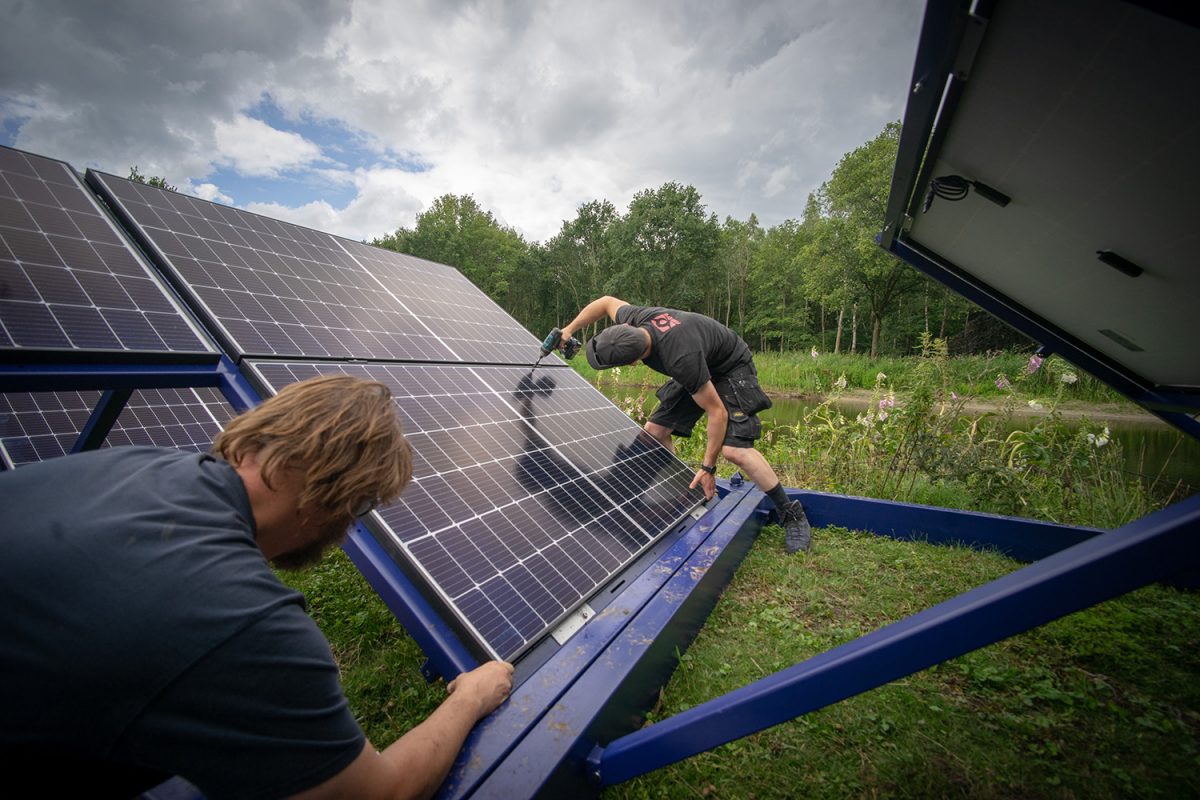Which is Better? Aluminum or Steel Solar Mounting?

Mounting structures are very important for any solar product. The benefits are encapsulated in its performance and service life. In general, brackets sold in the solar market can be divided into two material types: steel and aluminum.
But which is better?
Before we start comparing, it’s best to remind ourselves that PV panel structures are used outdoors. They are exposed to long-term wind and sun exposure, corrosion, and weakening of the material. The following points can help you further in understanding the difference between the two mounting structure materials.
- Aluminum is weaker than industry-grade steel. If you’re managing a solar project in windy or shaky areas, then steel brackets can secure panels. On the other hand, aluminum is the best in commercial sites that aren’t exposed to extreme conditions.
- Looking at the anti-corrosion capacity of the two, aluminum and steel have almost equal protection. It’s crucial to explore this because of its effect on PV power station service life. While bracket appearance is conspicuous, the concern is more on its strength and durability. Steel PV panel structures are hot-dip galvanized, with 20 years of service life. Yet, it requires regular maintenance. The anodized aluminum structure has dense oxide films and better anti-corrosion performance, making it a better choice than steel brackets.
- Cost-wise, aluminum is more expensive than steel. Knowing the solar mounting environment helps solar project managers decide on the material to use. For a heavy-duty solar mounting, industry-grade steel could do more financial advantage than aluminum. Yet, it doesn’t mean steel would be a better mount in other instances. Due to the processing technology, aluminum brackets can satisfy the strength close to steel solar mounting.
If you closely examine these points, you’ll figure out the most critical factor to consider when choosing a better solar mounting structure – the local installation environment. Both are best in functionality, but steel would do better than aluminum solar mounting systems for a more extreme weather condition.
Leave a Reply